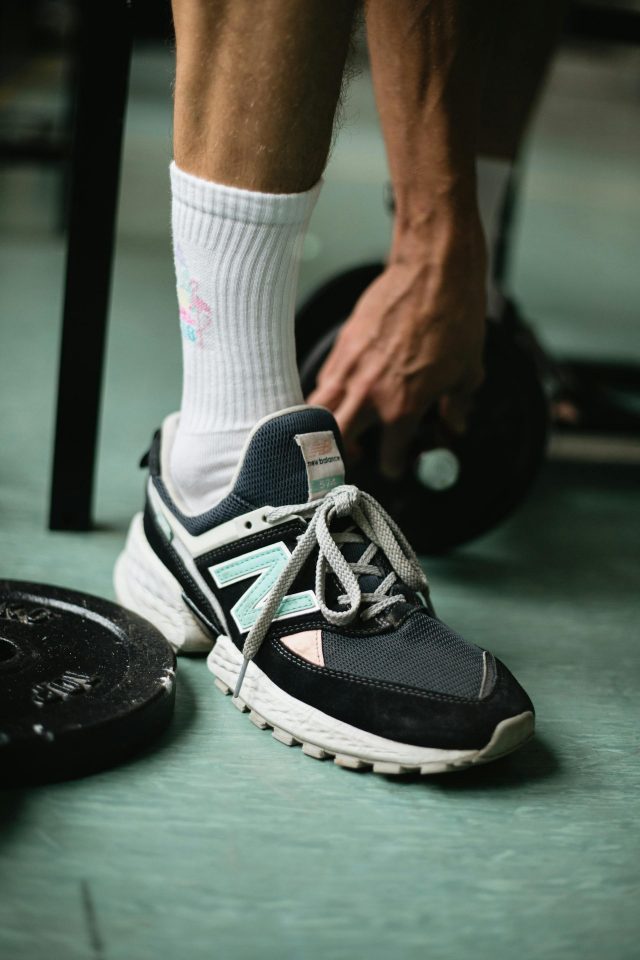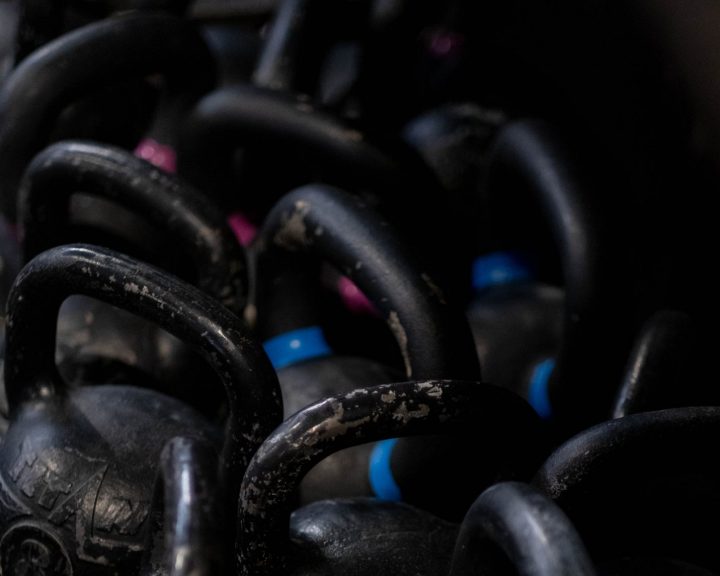There was a time when warming up meant running two laps around the track and then stretching. Nowadays most programs take a very different approach to warming up. Warming up needs to be done in a way that prepares the body for what is coming up after the warm up, in other words the warm up is situational. This also needs to factor in the difficulty of the upcoming training session, the surface it’s being done on, what it’s like outside (hot, cold, raining, etc.), and what else has gone on today (for example, is this the second practice of the day or the first?). Most textbooks will tell you that a warm up has two phases: the general warm up and the specific warm up.
General Warm Up:
The general warm up is about preparing the body for work. The idea here is to gradually elevate the heart rate and to get blood flowing out to the muscles and joints. In the past this used to be some type of cardio-vascular exercise, but it does not have to be that. It could be kettlebell swings, it could be jumping rope, it could be heavy rope slams. The idea is to get the athlete’s heart rate up, get blood moving to their muscles and joints, and to get a light sweat going. By doing this we help to prevent injuries. A good guideline is 5-10 minutes here.
Specific Warm Up:
The specific warm up focus on the muscles, joints, and movements to be trained. Nowadays static stretching is not recommended for a specific warm up, we’ll talk about this later. This warm up focuses on mobility exercise and movement progressions. This should last another 5 to 10 minutes and it should end with the first exercise of the training session.
Where is static stretching? If you think about it, static stretching defeats everything we’re trying to do in a warm up. It lowers heart rate, reduces blood flow, does not practice movements, so with this in mind it should be at the end of a training session!
Here are two examples of warm ups:
One: Speed training session
- General warm up: Jog 800 meters
- Specific warm up: mobility exercises (ankle, hamstring, quads, hips); speed technique drills (ankling, straight leg bounds, A walks, B walks, A/B skips); starting progressions
- 5×60 meter sprints
Two: Squat training session
- General warm up: Circuit (kettlebell swings, rope slams, jump rope)
- Specific warm up: mobility exercises (ankle, hamstring, quads, hips, lower back); movement progressions (landing drills, focus on pushing the hips back), bodyweight squats
- Back squats


